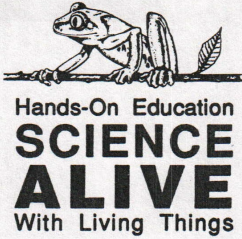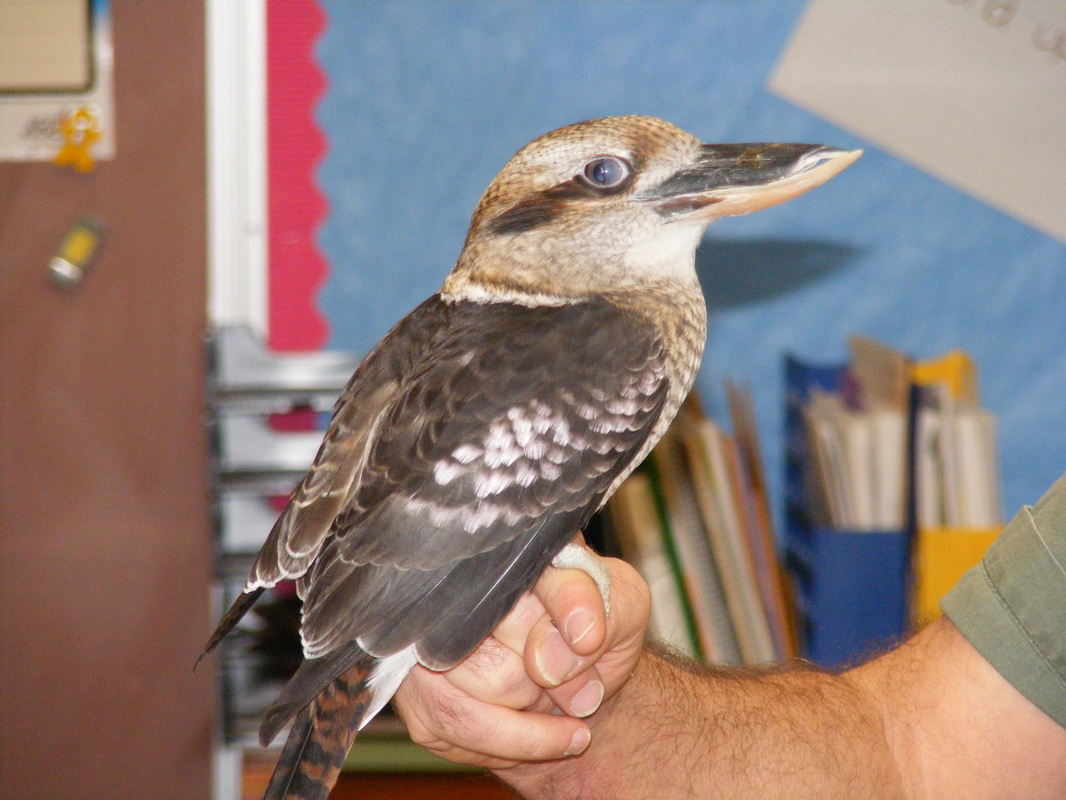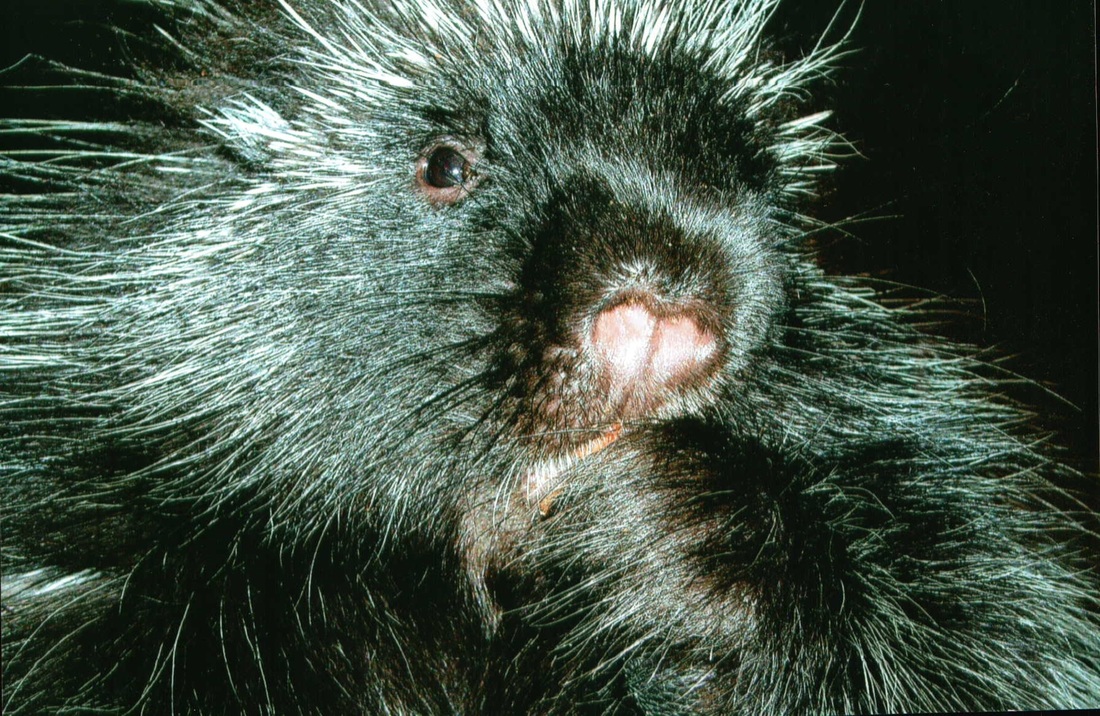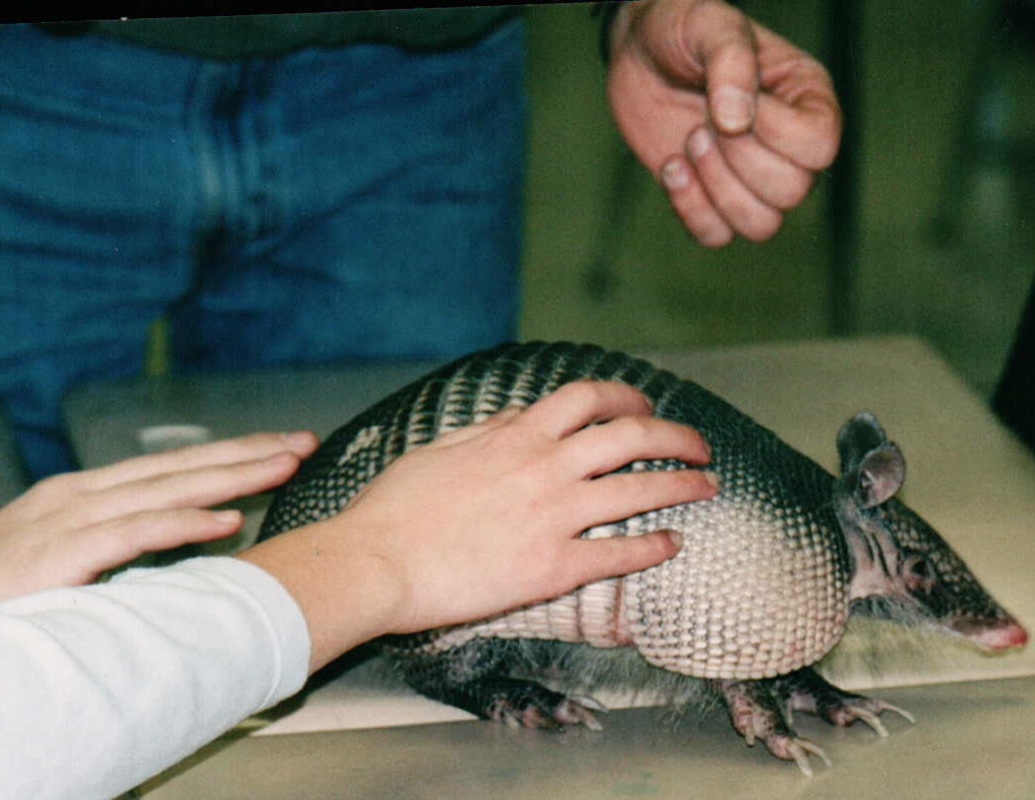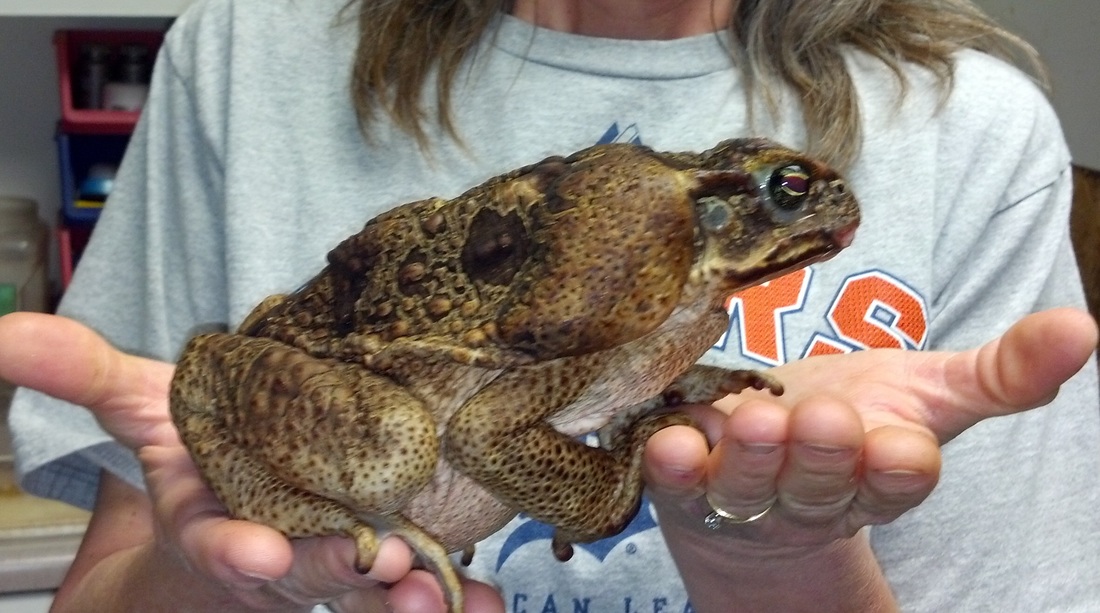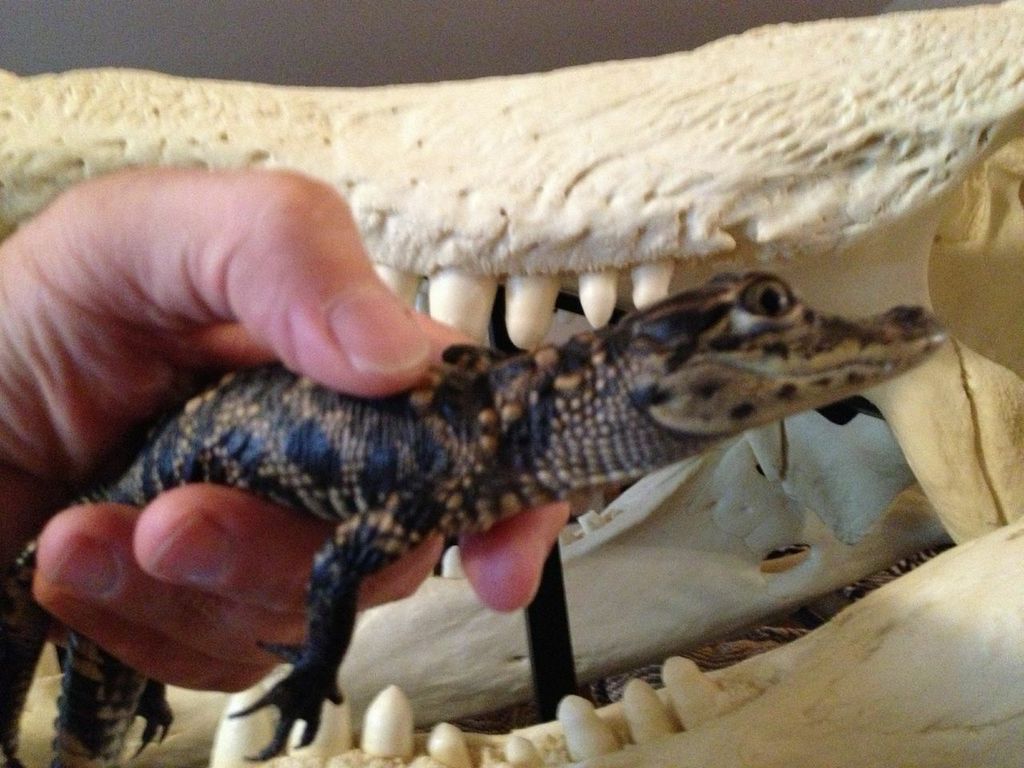|
Our Goal:
To incorporate living organisms into an educational, hands-on learning situation. To stimulate the students' interest in science and to encourage them to investigate the world using scientific discipline. To foster an appreciation for the diversity of the biological world. To provide the teacher with a complete science unit and/or to reinforce a classroom's existing studies. Program Purpose: "Animals Have Class" introduces students to the science of vertebrate classification and to the physical characteristics common to each vertebrate class. Students will receive hands-on contact with living representatives of the Amphibia, Reptilia, Aves (birds), and Mammalia. Brochure Excerpt: "Fish, amphibians, reptiles, birds, and mammals share many physical characteristics; the most important being a "backbone" comprised of individual vertebrae. This program investigates the fundamentals of animal classification, highlighting all the vertebrate groups and addresses their unique characteristics". Please feel free to contact Science Alive for more information about "Animals Have Class" and how it can enhance your life science curricula. |
Hairy and Scaly!Mammal or Reptile?
|
One Massive ToadLike all amphibians this Giant Marine Toad began as a tiny tadpole then transformed through a process called metamorphosis.
|
Class ReptiliaThis hatching American alligator exhibits all the characteristics of a reptile: vertebrae, dry scaly skin, cold bloodedness (ectothermy) and egg laying (oviparous).
|
